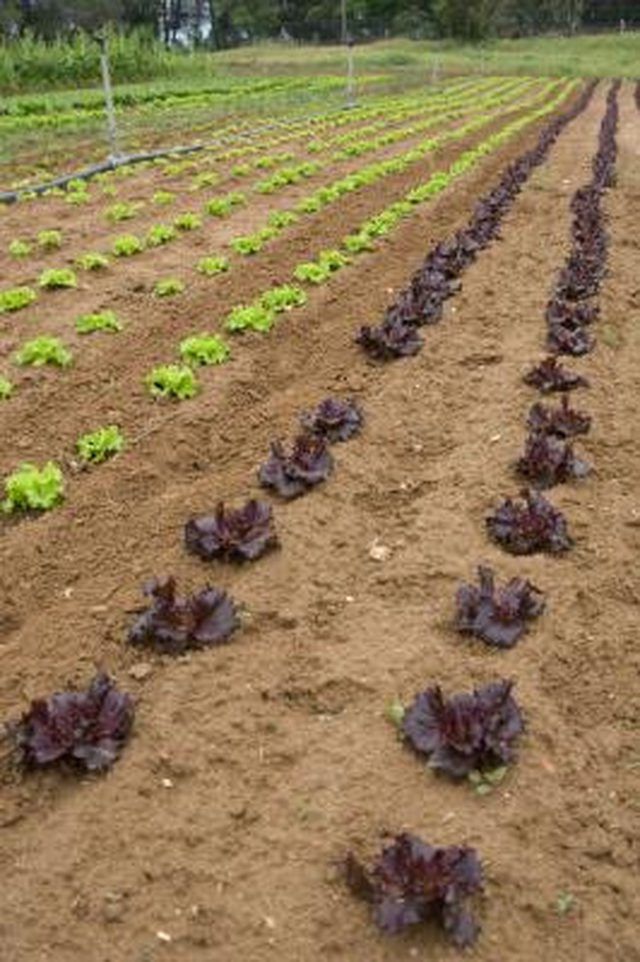Bulbs
Flower Basics
Flower Beds & Specialty Gardens
Flower Garden
Garden Furniture
Garden Gnomes
Garden Seeds
Garden Sheds
Garden Statues
Garden Tools & Supplies
Gardening Basics
Green & Organic
Groundcovers & Vines
Growing Annuals
Growing Basil
Growing Beans
Growing Berries
Growing Blueberries
Growing Cactus
Growing Corn
Growing Cotton
Growing Edibles
Growing Flowers
Growing Garlic
Growing Grapes
Growing Grass
Growing Herbs
Growing Jasmine
Growing Mint
Growing Mushrooms
Orchids
Growing Peanuts
Growing Perennials
Growing Plants
Growing Rosemary
Growing Roses
Growing Strawberries
Growing Sunflowers
Growing Thyme
Growing Tomatoes
Growing Tulips
Growing Vegetables
Herb Basics
Herb Garden
Indoor Growing
Landscaping Basics
Landscaping Patios
Landscaping Plants
Landscaping Shrubs
Landscaping Trees
Landscaping Walks & Pathways
Lawn Basics
Lawn Maintenance
Lawn Mowers
Lawn Ornaments
Lawn Planting
Lawn Tools
Outdoor Growing
Overall Landscape Planning
Pests, Weeds & Problems
Plant Basics
Rock Garden
Rose Garden
Shrubs
Soil
Specialty Gardens
Trees
Vegetable Garden
Yard Maintenance
The Best Crop for Clay Soil
The Best Crop for Clay Soil. Clay soil is made up of fine, easily compacted particles. Compacted soils are easily saturated, with water pooling on top. Although water pools on the surface, the underlying soil can be water deficient. Limited aeration and water makes this soil unsuited for root crops, but a variety of above ground crops will work...

Clay soil is made up of fine, easily compacted particles. Compacted soils are easily saturated, with water pooling on top. Although water pools on the surface, the underlying soil can be water deficient. Limited aeration and water makes this soil unsuited for root crops, but a variety of above ground crops will work well in clay soil.
Working the Soil
A soil's tilth is its ability to support seed development by allowing roots to spread and stems to emerge. Hard, compacted soils lack tilth, but providing these soil types with compost, manure, peat and other degraded and semi-degraded materials decreases soil density, allowing air to circulate and loosen soil. Horticulturists recommend disturbing clay soils as little as possible.
Cover Crops
Compost and other amendments are applied topically and are incorporated into soil structure gradually over time. Planting a cover crop such as rye or oat grass during the fallow season provides soil with organic matter. As the crop decomposes, the roots and leaves provide the soil with beneficial aeration and nutrients.
Vegetables
Clay soils are wet and slow to warm in spring. Cold crops like cabbage and Brussels sprouts can be started in beds and do well under these conditions. Later in the growing season tomatoes and peppers are purchased as starts and transplanted to carefully dug and amended holes. This practice limits tilling and soil disturbance.